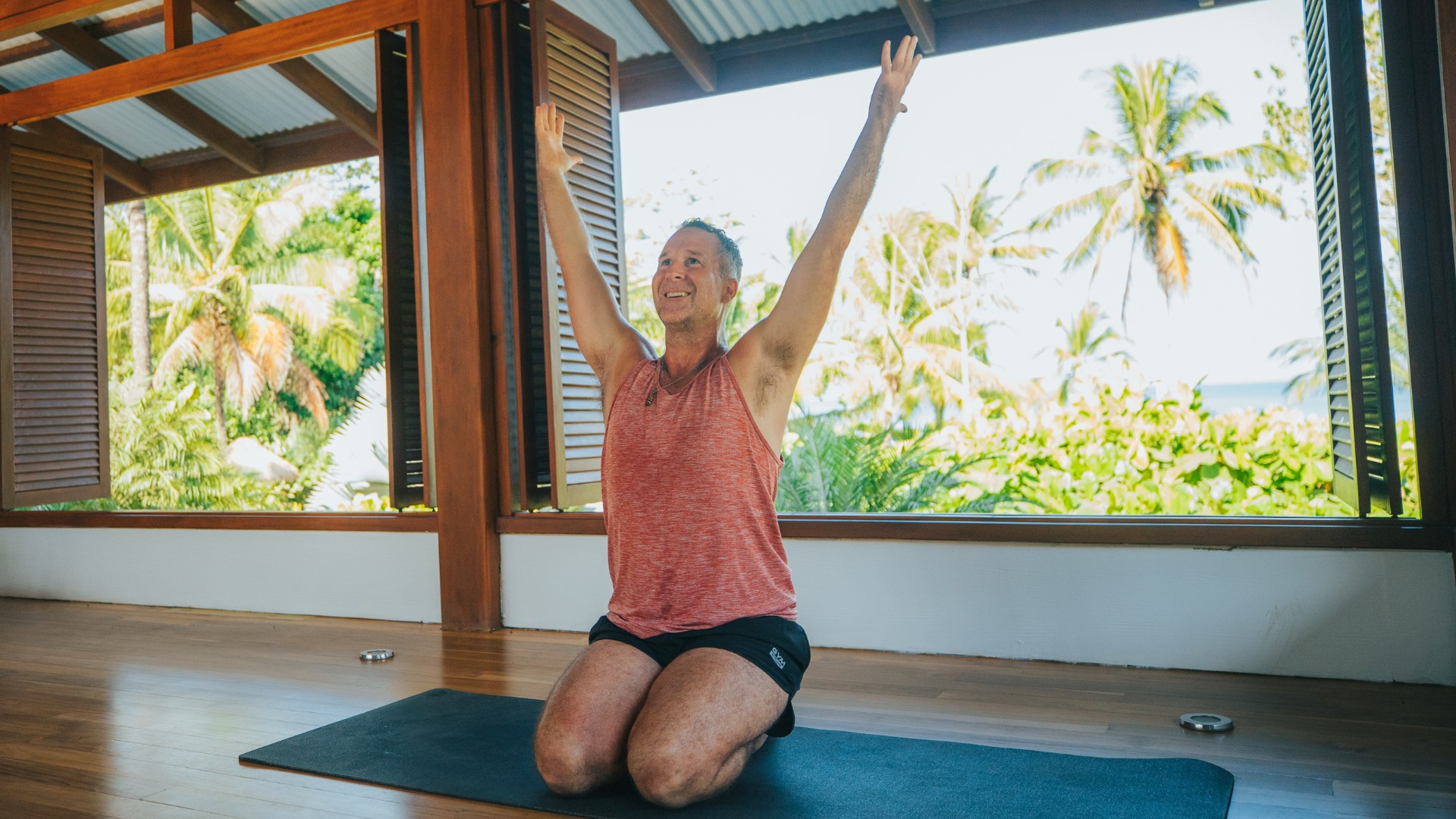
"Stretching is often touted as the go-to method for relieving tight muscles. Tightness is usually a symptom of something deeper. The brain signals muscles to contract as a protective mechanism. Simply stretching the muscle doesn't address the root cause. It's like taking painkillers for a dehydration headache instead of drinking water."
"AYAMA™, or Applied Yoga Anatomy & Muscle Activation, is a groundbreaking approach. It integrates anatomy, neuroscience, and yoga. It shifts the focus from stretching to muscle activation, emphasizing stability, strength, and functional movement. By activating the correct muscles during yoga postures, AYAMA™ ensures that the body moves safely and efficiently, reducing the risk of pain and injury."
"In fact, overstretching can destabilize muscles. Reducing their ability to contract effectively and increasing the risk of injury. This is especially evident in yoga poses like headstands and shoulder stands. When practiced without proper muscle activation, these poses can lead to long-term instability and pain."
Stretching commonly used to relieve tight muscles often treats a symptom rather than the cause. Tightness frequently results from the brain signaling muscles to contract protectively. Stretching alone can fail to correct underlying protective contractions and can even destabilize muscles, reducing their contractile ability and increasing injury risk, particularly in unsupported yoga inversions. AYAMA™ (Applied Yoga Anatomy & Muscle Activation) combines anatomy, neuroscience, and yoga to emphasize muscle activation, stability, strength, and functional movement. Activating appropriate agonist and antagonist muscles during postures promotes safer, more efficient movement and lowers pain and injury risk.
Read at Yogi Aaron
Unable to calculate read time
Collection
[
|
...
]